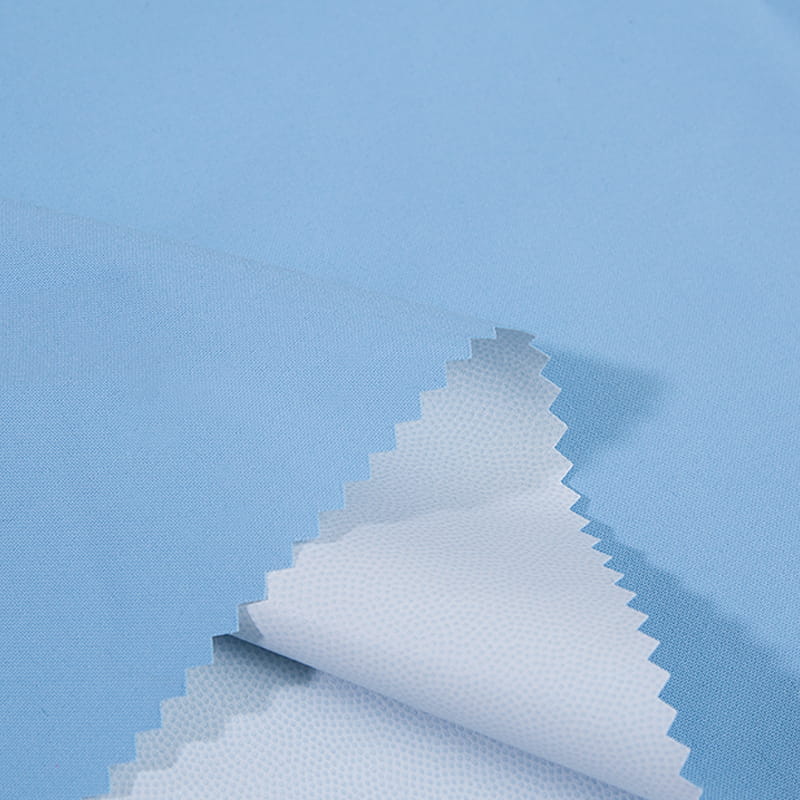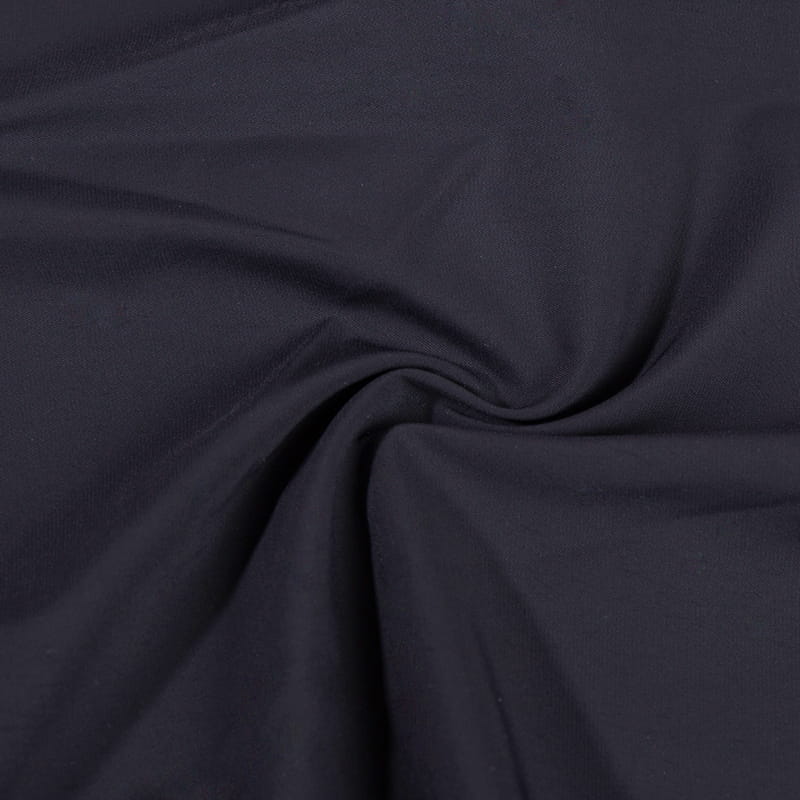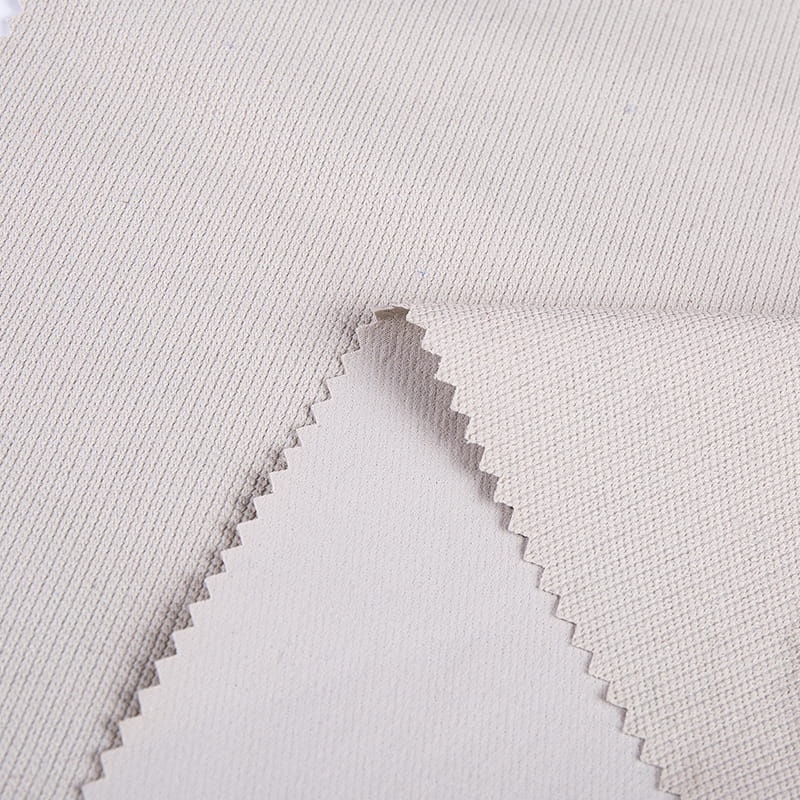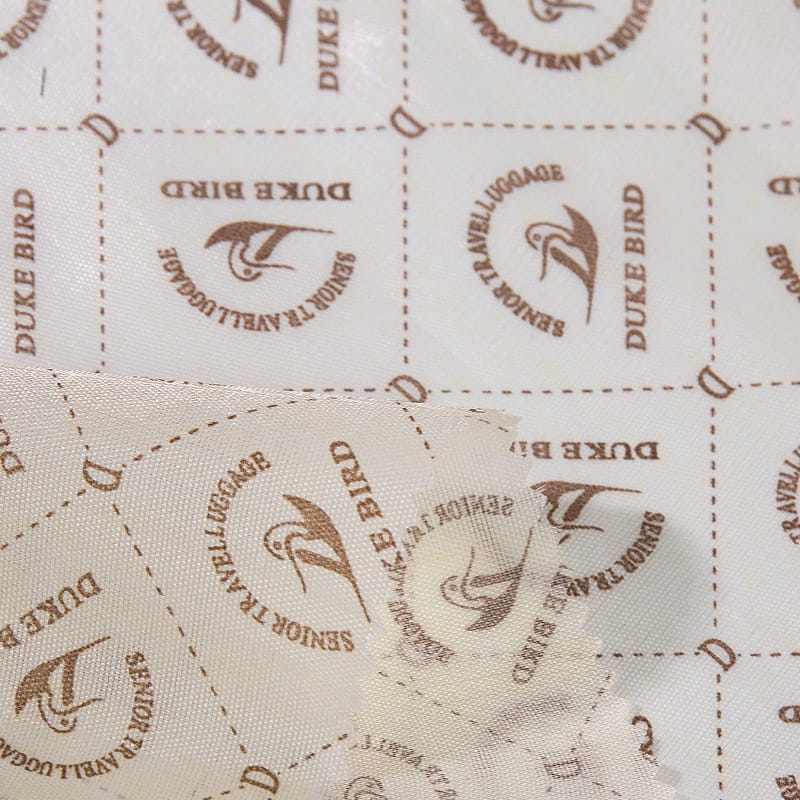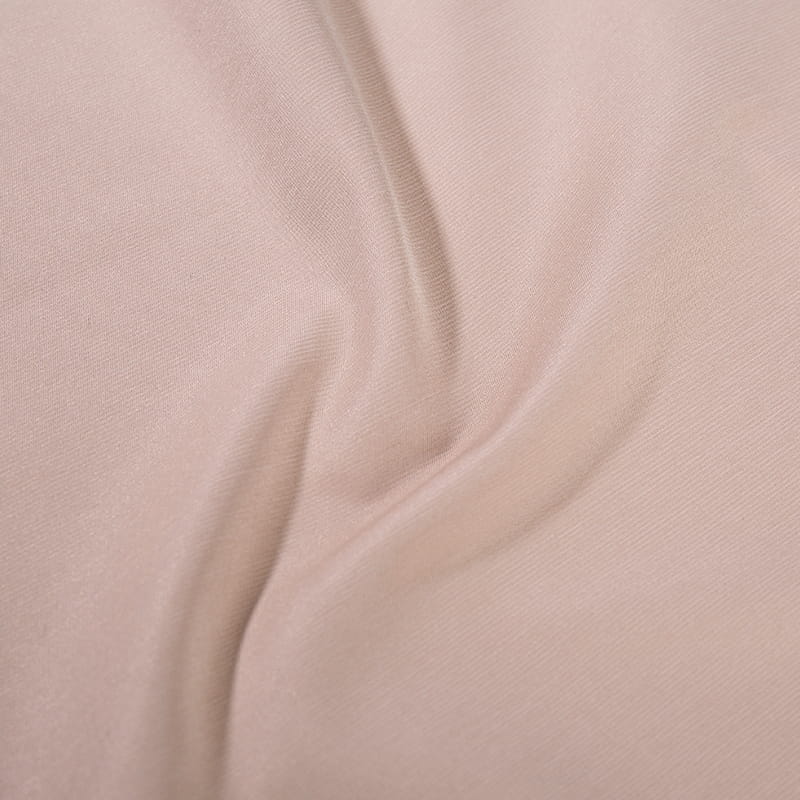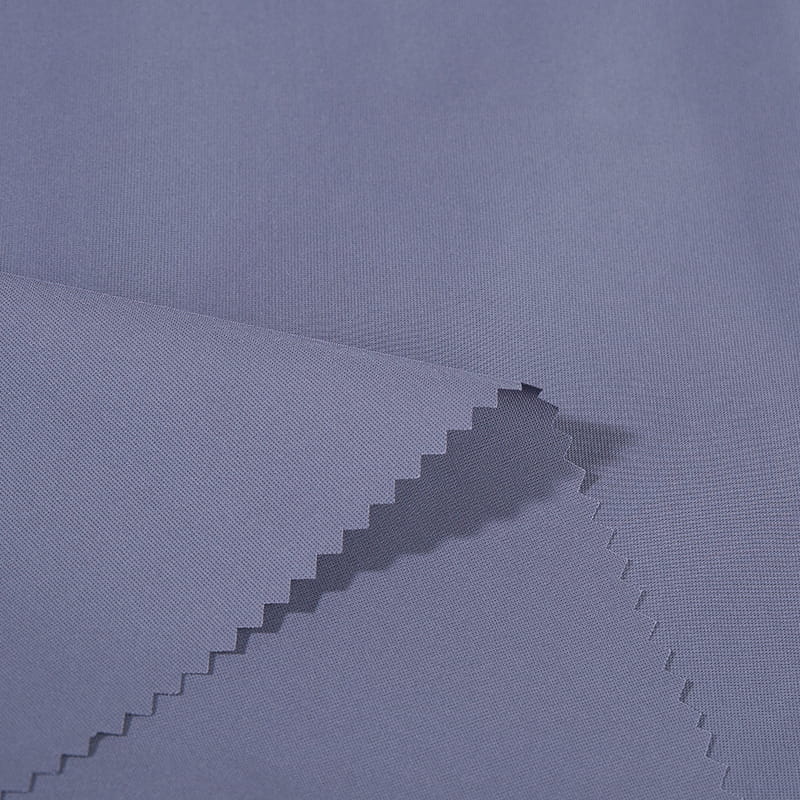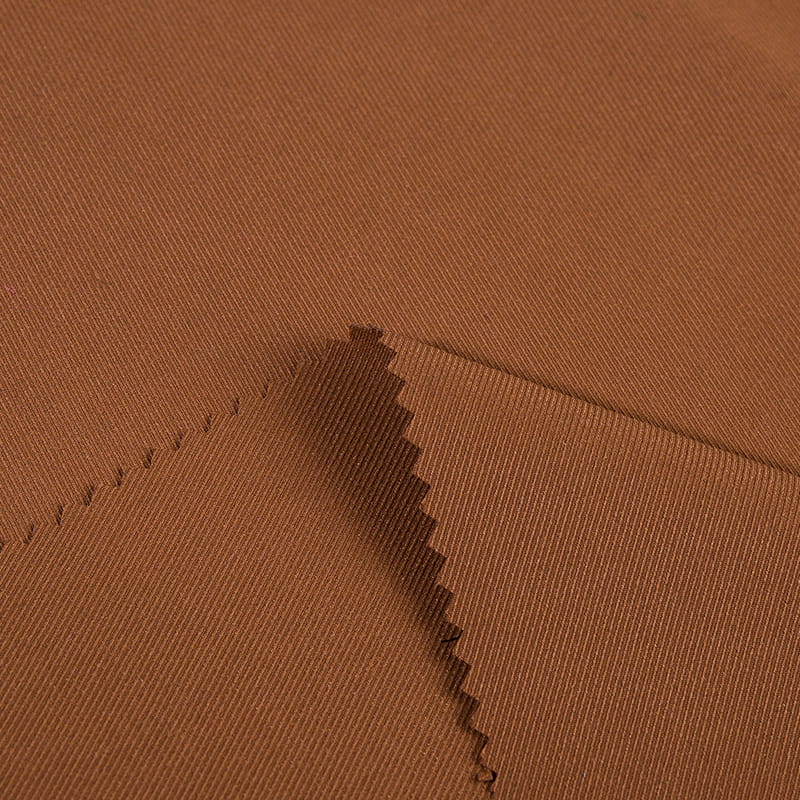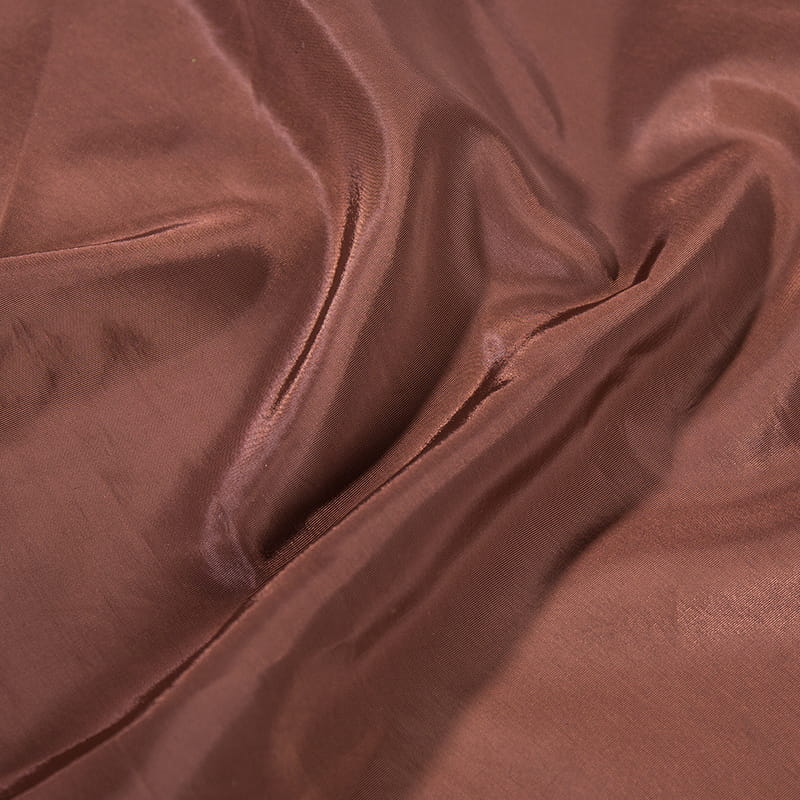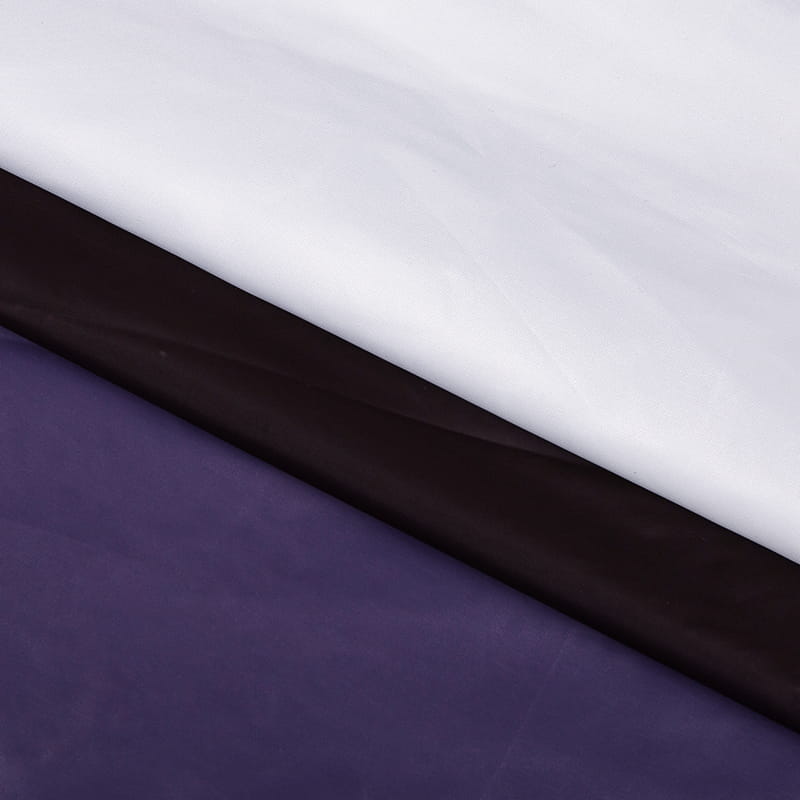What is the development trend of composite polyester fabrics under environmental protection requirements?
2024-07-04
In the context of increasing global environmental awareness today, the textile industry, as one of the key areas of resource consumption and environmental pollution, is facing challenges and opportunities. Composite polyester fabrics, as an important part of the textile industry, have become the focus of attention inside and outside the industry in terms of improving their environmental performance and exploring sustainable development models.
1. Green production and material innovation
The primary development trend of composite polyester fabrics under environmental protection requirements is green production and material innovation. The traditional polyester fiber production process may involve the use and emission of harmful substances, which has a certain impact on the environment. Therefore, the future development direction will be to use environmentally friendly catalysts, solvents and additives to reduce or eliminate the generation of harmful substances. At the same time, research and develop new environmentally friendly polyester materials, such as bio-based polyester, and use renewable resources such as plant starch, cellulose, etc. as raw materials to reduce the impact on the environment from the source.
2. Circular economy and resource recovery
The composite polyester fabric industry will pay more attention to circular economy and resource recovery. With the increasingly severe global resource shortage problem, it has become an industry consensus to maximize the utilization and recycling of resources. As a recyclable material, the recycling and reuse of composite polyester fabrics has significant environmental and economic benefits. In the future, the industry will strengthen the construction of the recycling system for waste composite polyester fabrics to improve the recycling rate and recycling quality. Through advanced recycling technology and processes, waste fabrics can be converted into recycled fibers or other high-value-added products to achieve the recycling of resources.
3. Energy conservation and emission reduction and low-carbon production
Energy conservation and emission reduction and low-carbon production are also important development trends of composite polyester fabrics under environmental protection requirements. In the production process, advanced energy-saving technologies and equipment are used to reduce energy consumption and emissions. For example, optimize the production process to improve production efficiency; adopt low-energy heating and cooling systems; promote the use of clean energy, etc. At the same time, strengthen environmental management in the production process to ensure that various environmental protection indicators meet the standards. Through energy conservation and emission reduction and low-carbon production, the environmental load in the production process of composite polyester fabrics can be reduced, and the environmental image and market competitiveness of enterprises can be enhanced.
4. Environmental certification and standard setting
As consumers pay more and more attention to environmentally friendly products, environmental certification and standard setting have become an inevitable trend in the development of the composite polyester fabric industry. By obtaining internationally or domestically recognized environmental certifications, such as OEKO-TEX Standard 100, bluesign®, etc., the environmental performance and safety of the product can be proved, and consumers' trust and willingness to buy can be enhanced. At the same time, the industry will also strengthen the formulation and implementation of environmental protection standards to promote the entire industry to develop in a more environmentally friendly and sustainable direction.
5. Intelligent and personalized production
Intelligent and personalized production will inject new vitality into the development of composite polyester fabrics under environmental protection requirements. By introducing intelligent production equipment and technology, the production process can be automated, digitalized and intelligently controlled to improve production efficiency and product quality. At the same time, modern information technology means such as big data and cloud computing can be used to analyze consumer needs and market trends and provide personalized and customized products and services. This intelligent and personalized production method will help reduce resource waste and environmental pollution and achieve green production and consumption.
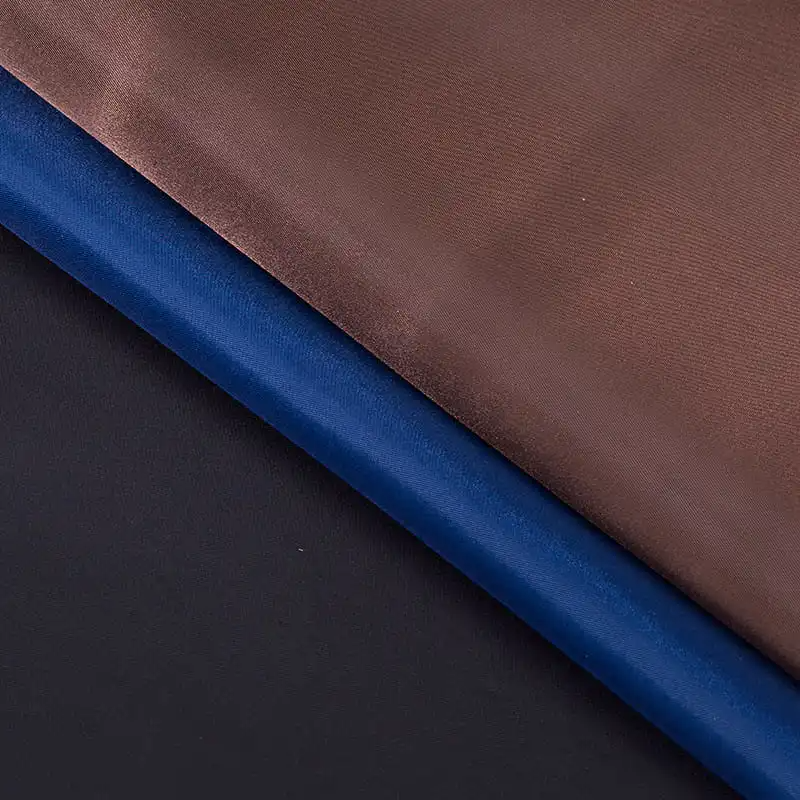

 English
English русский
русский عربى
عربى